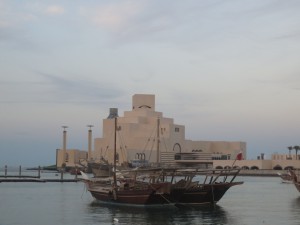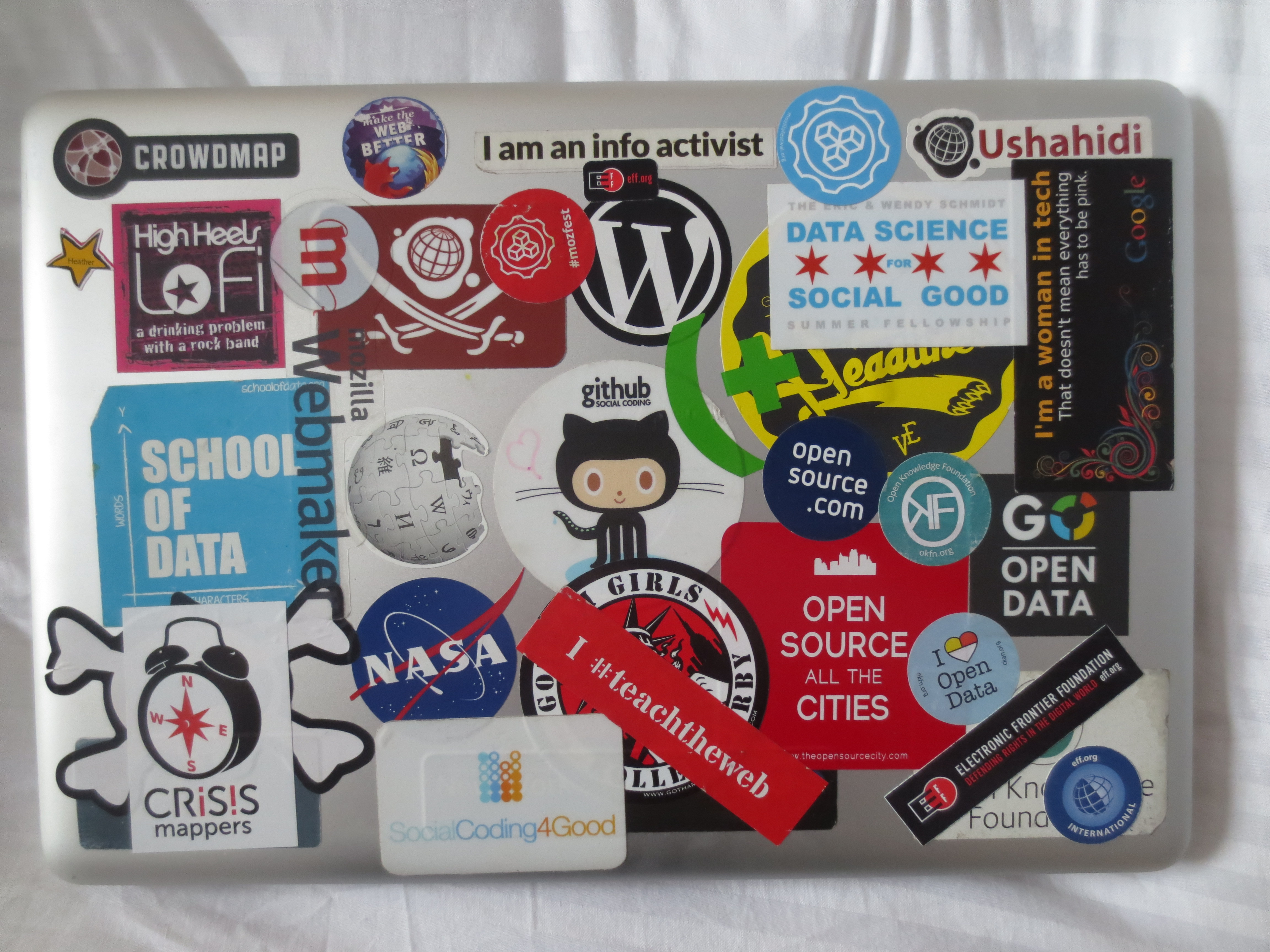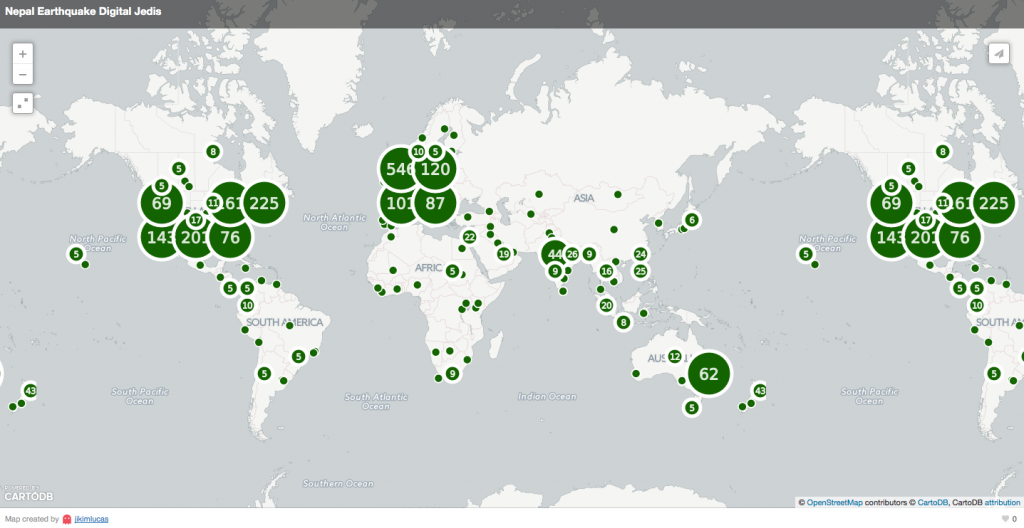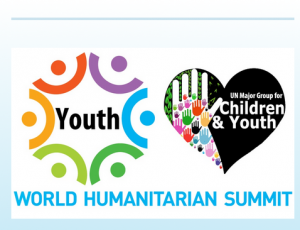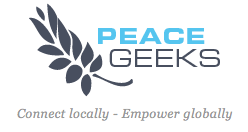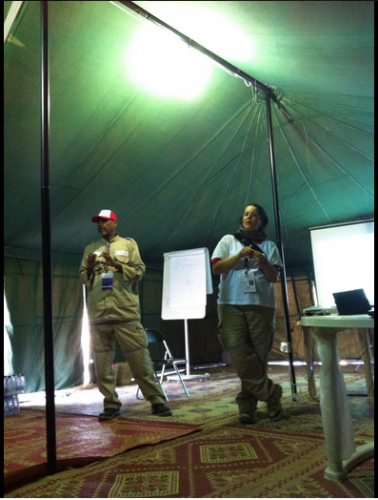The Digital Humanitarian community is growing. In the Digital Humanitarian Network, there are many communities and organizations. Each of them have a specific set of skills to offer. While there are some guides for each of the groups, there is no free, online and translated course or introduction guide to help people get involved.
The purpose of this community driven project is to create a community sourced guide on github to help people learn from each other. This online handbook builds on the work of 1000s of community members who use their technical skills for good. Earlier this year, my colleague, Patrick Meier published his book about Digital Humanitarians. How can we widen the circle of participation and reach new areas to support resilience. For example, during the Nepal Earthquake response, the Japanese community created a translated version of the Nepal building guide for how to map in OpenStreetMap with Humanitarian OpenStreetMap Team. The Qatar Computing Research Institute and Standby Task Force response to the Nepal Earthquake had over 2800 participants from around the world. Our IP address report highlighted a participation gap in some regions of the world. At the recent World Humanitarian Youth Summit, I presented on why I think these digital skills are essential for the youth communities. Participants expressed an interest in learning and evolving this for their regions of the world.
During my time with the Qatar Red Crescent team at their annual Disaster Management Camp, we determined that core materials need to be translated into Arabic. I’ll be hosting local Digital Humanitarian training in Doha starting on October 1st. But what about the rest of the global community of civic tech and technical savvy communities. We hope that this will support our collective mission to encourage resilience and preparedness. And, while we are focused on crisis and emergencies, we think these core skills are very transferable to all the Sustainable Development Goals.
How to get involved
Or contact @heatherleson or @willowbl00 for help.
Draft Table of Contents
In the upcoming Digital Responders call in, we will review this draft table of contents. This will then be added to github to begin the curation process. Stay tuned for more details soon.
- SECTION: Digital Humanitarianism Introduction
- History of Crisismapping and Digital Humanitarians
- Lessons and best practices
- Code of conducts
- Ecosystem: Working with Humanitarians and Contributors
- Tools and Techniques overview
- Examples by various topics – environmental, crisismapping
- SECTION: SMS, social media and messaging (Whatsapp)
- Digital Storytelling
- Storify, Storiful,Blogging
- Social media storytelling
- SECTION: Community work
- big tasks, small tasks
- Microtasking 101
- Software development in HFOSS
- managing community lists
- managing language and culture
- SECTION: Data collection and analysis
- Data Collection 101
- sensors, social media, sms
- Data Analysis
- basic tools and techniques
- SECTION: Verification
- Overview and the Verification handbook
- Verily and other tools
- Visualization
- charts, graphs
- SECTION: maps
- basic network maps
- Geo for Good
- Mapping 101
- Mapping Google
- Mapping OSM
- Mapbox and Cartodb intro
- Mapping ESRI
- SECTION: Simulation 1: Teamwork and Roles (Global scenario)
- How does coordination work during emergencies?
- Coordination and community guidance
- after action review
- Simulation 2: Technique and mentoring (GCC scenario)
- Technique testing
- after action review
- What to do with data after a project is done
- How having a pre-existing community matters (KLL and Public Labs as examples)
- Adversaries in digital space? InfoSec but also GamerGate
- Digital colonialism
- APPENDIX
- Sample curriculums
- Sample simulation templates and checklists
I envision that the manual will have chapters by country and region. The Taiwanese OpenStreetMap community, for example, might have specific examples and scenario templates for their region of the world. Plus, it is our hope that the manual will help people find best practices across the very topics and civic tech communities. We need to learn from each other. This Digital Humanitarian Handbook is for all of us to evolve and fork.
